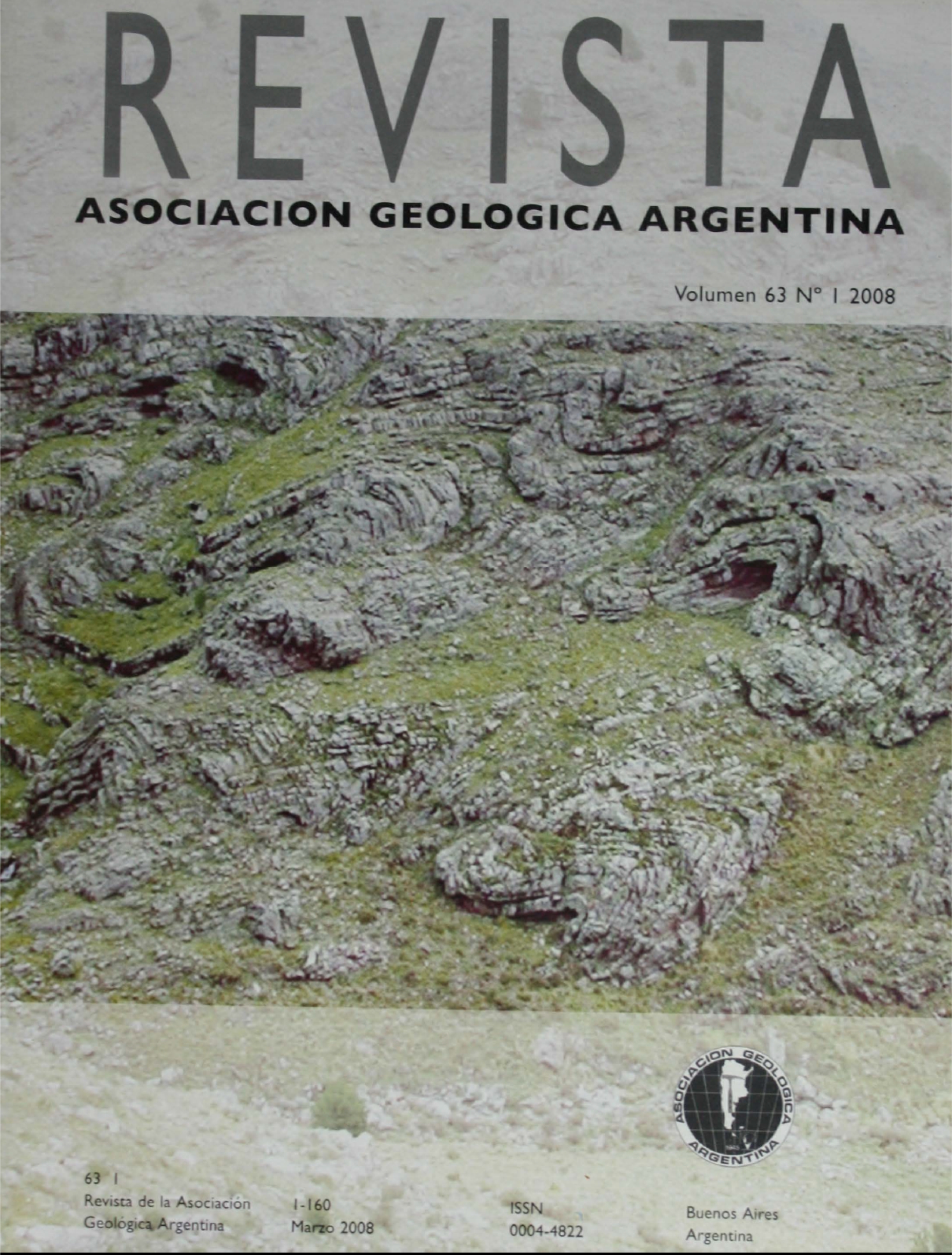Geology of the Volcanic Complex Los Menucos in the type locality, Río Negro
Main Article Content
Abstract
Los Menucos Volcanic Complex outcrops within an area of about 8,000 km2 of the Northpatagonian Massif. It is the major magmatic event that occurred during the Triassic (- Early Jurassic?) in the region. The volcanic complex is constituted by pyroclastic deposits, lava flows, dykes and epizonal to subvolcanic bodies, with interbedded sediments whose better exposures are located to the west of the Los Menucos locality. The composition of the volcanic rocks varies from leuco-rhyolite to basandesite. The epizonal and subvolcanic rocks are diorites to monzonites; there is also a leuco-granitic facies. An 39Ar-40Ar isochrone age (206.9 ± 1.2 Ma) was obtained from a quartz monzonite porphiry. The total thickness of the volcanic complex reaches up 2,000 m, due to the succession of several ignimbritic units. The mesosilicic ignimbrites show a high crystal content. Through a detailed mapping of lithofacies it was possible to recognize two areas that can be interpreted as volcanic emission centers; other flows are related to fractures. The regional structure is characterized by faults of several kilometers length that were active during magmatism. The most important faults have a west-east strike with a dextral strike slip displacement of several kilometers. Various geomorphic features, which modify the regional peneplain, are related to faulting.
Article Details

This work is licensed under a Creative Commons Attribution-NonCommercial 4.0 International License.
Nota de copyright
Los autores conservan los derechos de autor y garantizan a la revista el derecho de ser la primera publicación del trabajo licenciado según una licencia de atribución Creative Commons que permite a otros compartir el trabajo con el reconocimiento de la autoría y de la publicación en la que se publicó por primera vez.
Declaración de privacidad
Los nombres y direcciones de correo electrónico introducidos en esta revista se usarán exclusivamente para los fines declarados por esta revista y no estarán disponibles para ningún otro propósito u otra persona.

